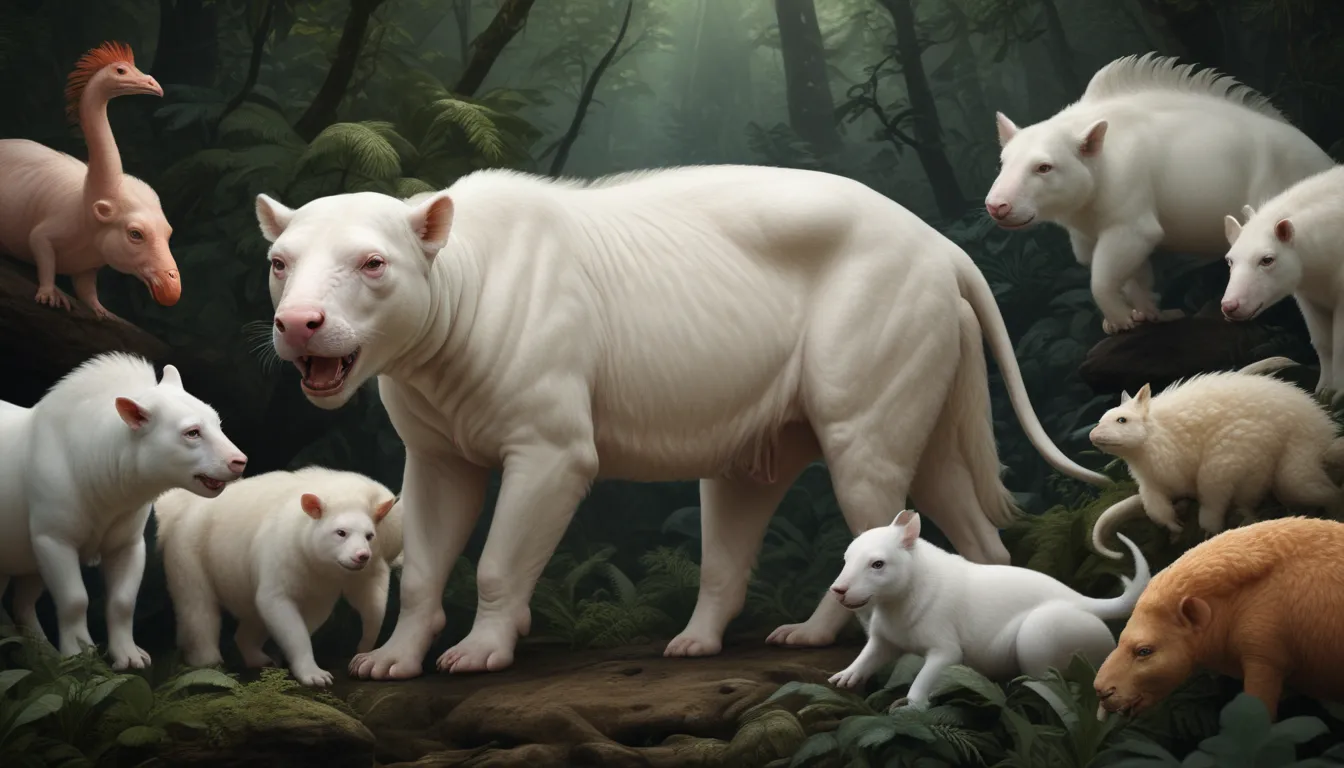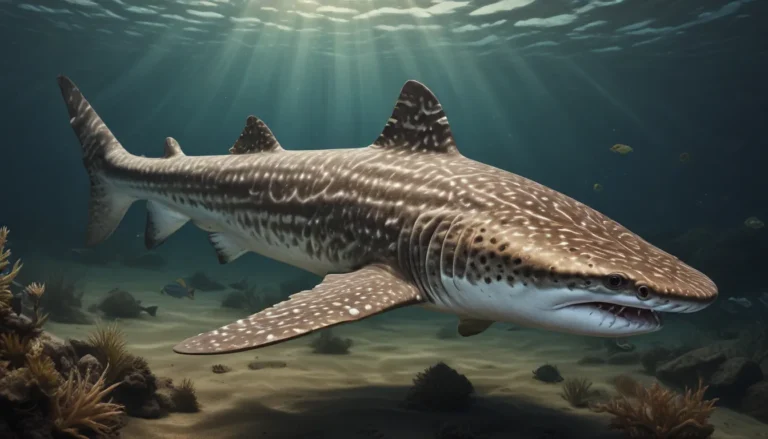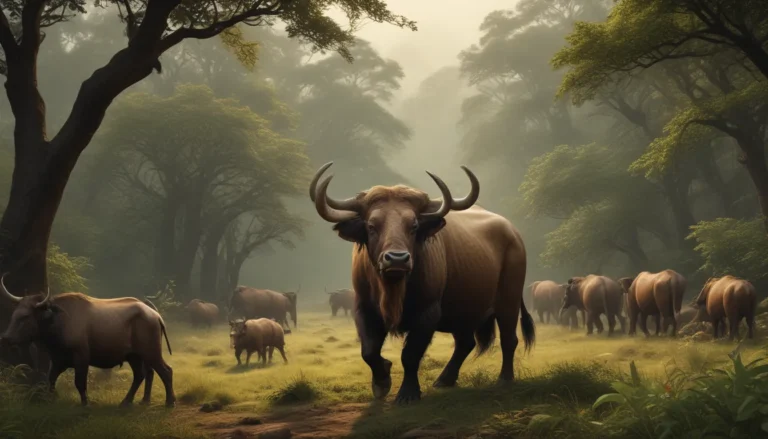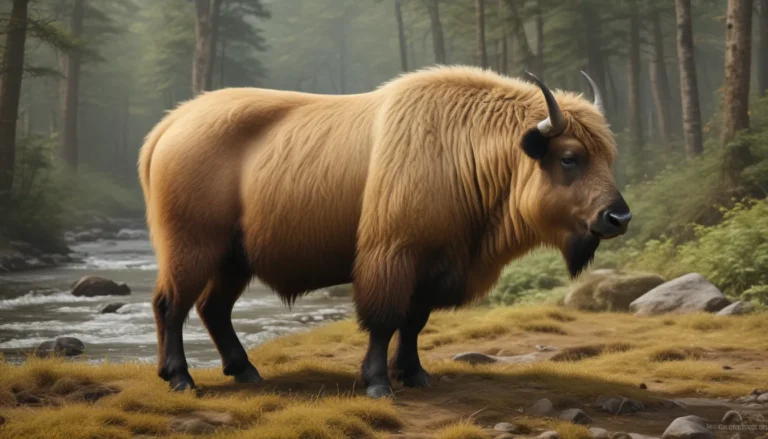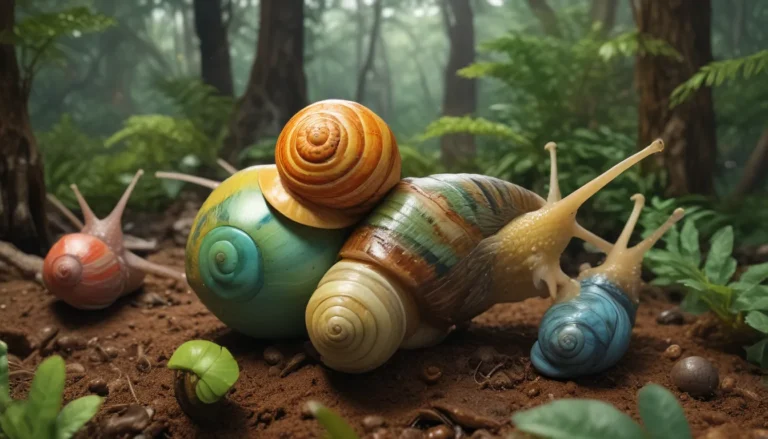The pictures we use in our articles might not show exactly what the words say. We choose these pictures to make you interested in reading more. The pictures work together with the words but don’t take their place. The words still tell you the important facts.
Albino animals are nature's mesmerizing creations, gracing us with their unique appearance devoid of color. These captivating creatures possess a genetic condition called albinism, resulting in their striking white or light-colored skin, fur, and eyes. In a world filled with vibrant hues, albino animals stand out as rare gems that command our attention and spark curiosity.
Unveiling the Enchanting World of Albino Animals
Let's embark on a journey into the intriguing realm of albino animals and uncover 20 captivating facts that shed light on their remarkable existence. From their incredible adaptations for survival to the challenges they encounter due to their lack of pigmentation, prepare to be enthralled by the wonders of nature.
Delving Deeper into Albino Animals
- Albino animals lack pigmentation: Their genetic condition prohibits the production of melanin, the pigment responsible for coloration in their skin, fur, and eyes.
- Albino animals can have pink or red eyes: Due to the absence of melanin, their eyes may exhibit a reddish or pinkish appearance, with visible blood vessels.
- Albino animals are extremely rare: The occurrence of albinism in animals is quite uncommon, making albino animals a unique and fascinating sight in the wild.
The Challenges Faced by Albino Animals
- More vulnerable to predators: Without the protective camouflage of natural coloring, albino animals are easier targets for predators, increasing their susceptibility to predation.
- Potential health issues: Albino animals often suffer from sensitive skin, poor eyesight, and heightened susceptibility to sunburn and other environmental factors.
- Unique behaviors: Their reduced visual capabilities may lead albino animals to exhibit distinct behaviors compared to their non-albino counterparts.
The Fascination Surrounding Albino Animals
- Global presence: Albino animals can be found across the globe, inhabiting various habitats ranging from rainforests to deserts to Arctic regions.
- Conservation ambassadors: Their presence in protected areas and zoos helps raise awareness about biodiversity conservation and the significance of healthy ecosystems.
- Distinctive names: Some albino animals are bestowed with special names like "Ghost" or "Snowflake," reflecting their rare and captivating appearance.
Embracing the Beauty of Albino Animals
- Live a normal lifespan: Despite their challenges, albino animals, with proper care and protection, can lead a normal lifespan akin to their non-albino counterparts.
- Varied coloration and patterns: Not all albino animals are entirely white; some may exhibit hints of pale yellow, cream, or other subtle hues, along with unique patterns on their bodies.
- Cultural significance: In certain cultures, albino animals are revered as sacred beings, symbolizing purity, spirituality, or good fortune.
Empowering Understanding and Conservation
- Reproductive challenges: Albino animals may encounter difficulties in reproduction, affecting their ability to attract mates or successfully rear offspring.
- Both wild and domestic populations: Albinism is observed not only in the wild animal kingdom but also in domesticated species like dogs, cats, and horses.
- Inspiring awe and admiration: The ethereal beauty and rarity of albino animals continue to captivate people worldwide, evoking a sense of awe and wonder.
Embracing the Enigmatic Beauty of Albino Animals
In conclusion, albino animals are an awe-inspiring and rare phenomenon in the animal kingdom, captivating our hearts with their lack of pigmentation. While they navigate challenges in the wild, albino animals demonstrate resilience and adaptability in their environments. By exploring intriguing facts about albino animals, from their genetics to cultural significance, we gain a deeper appreciation for these enchanting creatures.
FAQS for Albino Animal Enthusiasts
-
What causes animals to be albino?
Albinism in animals stems from a genetic mutation that disrupts the production of melanin, the pigment responsible for color in skin, fur, or feathers. -
Are albino animals limited to certain species?
Albino animals have been observed in a diverse range of species, spanning mammals, birds, reptiles, and even fish, indicating that albinism can occur across the animal kingdom. -
Do albino animals face advantages or disadvantages in the wild?
While albino animals may be more conspicuous to predators due to their lack of camouflage, their unique appearance can also serve as a form of natural camouflage in certain environments. -
Can albino animals thrive in the wild?
Albino animals can indeed survive in the wild, as evidenced by documented cases of their successful adaptation and longevity in their natural habitats. -
How can we contribute to protecting albino animals?
Educating the public, supporting conservation organizations, and respecting their natural habitats are vital steps in safeguarding albino animals and promoting biodiversity conservation.
As we continue to marvel at the enchanting beauty of albino animals, let us cherish and protect these exquisite creatures for future generations to behold and admire. Through dedicated conservation efforts and a deep reverence for nature's diversity, we can ensure the preservation of these captivating beings in our world.
